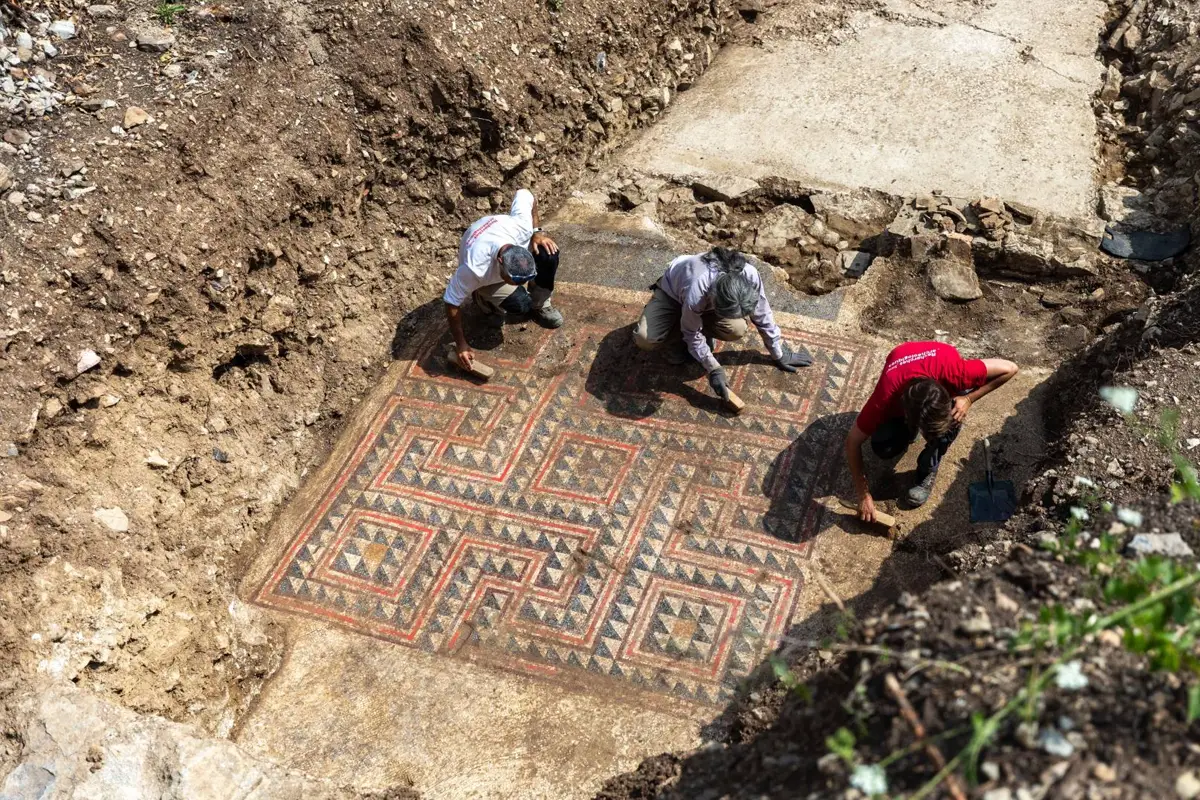Text-Photos BY DIMOSTHENIS VASILOUDIS
Dispilio Open-Air Museum: Educational Journey Through Time in a Greek Neolithic Village
Nestled on the shores of Lake Orestiada in northern Greece lies Dispilio, a remarkable archaeological site that offers a unique window into Neolithic life. Discovered in 1932 and excavated systematically since 1992, this ancient lakeside settlement, dating back to 5600/5000 BC, has reshaped our understanding of prehistoric cultures in the region. The site's significance is further enhanced by the Dispilio Lakeside Neolithic Settlement Archaeological Collection, an open-air museum designed to educate and engage both children and adults in the wonders of ancient life.
The Excavation: A Journey Back in Time
On the southwest shore of Lake Orestidos, in the Dispelio of Kastoria, is the archaeological site "Nisi"” where a group of Neolithic farmers, herders, and fishermen settled 7500 years ago. The site has been in use for over 2500 years. The archaeological site became known in 1932, when the archaeologist Antonios Keramopoulos identified findings that he correctly attributed to the Neolithic Era.
G. H. Chourmouziadis (1932–2013), a professor of prehistoric archeology at the Aristotle University of Thessaloniki, started the systematic excavation research and study of the lake Neolithic settlement in 1992. Kostas Kotsakis, a professor of prehistoric archeology at the AUTH, has continued the research since 2014.
The excavation of Dispilio has revealed a wealth of artifacts and structures that illuminate the daily lives of its ancient inhabitants. Key finds include wooden structural remains, ceramic pots, stone and bone tools, and a notable discovery: the Dispilio Tablet. This wooden tablet, inscribed with a still-unciphered script, is among the earliest examples of writing in Europe, predating the Greek alphabet by millennia. These findings not only offer insights into the technological and cultural practices of the Neolithic people but also challenge the traditional narrative of the advent of civilization in Europe.
A Dispilio Tablet representation / Photo: DIMOSTHENIS VASILOUDIS
The Open Museum: An Educational Oasis
The Dispilio Open-Air Museum, established near the excavation site, serves as a living museum. It aims to recreate the Neolithic way of life, providing a tangible and interactive experience for visitors. The museum's exhibits are not confined within walls; instead, they are spread across the lakeside, mirroring the layout of the original settlement.
For Children: A Hands-On Experience
The museum is particularly engaging for younger visitors. It offers a range of interactive activities designed to immerse children in Neolithic culture. These include workshops on pottery making, weaving, and tool-making, where children can use materials and techniques similar to those employed by the ancient inhabitants of Dispilio. Such hands-on experiences are invaluable in making history tangible and exciting for the younger generation, fostering an early interest in archaeology and history.
For Adults: A Deeper Understanding
Adult visitors are not left out of the learning experience. Guided tours provide in-depth insights into the daily life, rituals, and crafts of the Neolithic people. Additionally, the museum organizes special lectures and exhibitions that delve into various aspects of Neolithic life, from diet and domestic activities to trade and social organization. These programs are designed to cater to the interests of history enthusiasts and scholars alike, offering a comprehensive view of life in ancient Dispilio.
The Significance of Dispilio in Neolithic Studies
The findings at Dispilio have significantly contributed to the field of Neolithic studies. The site offers evidence of early agricultural practices, the domestication of animals, and the development of complex societal structures. It challenges the Eurocentric view of history, highlighting the advanced nature of prehistoric civilizations in the Balkans. Dispilio stands as a testament to the rich cultural heritage of the region and as a reminder of the complexity and diversity of human history.







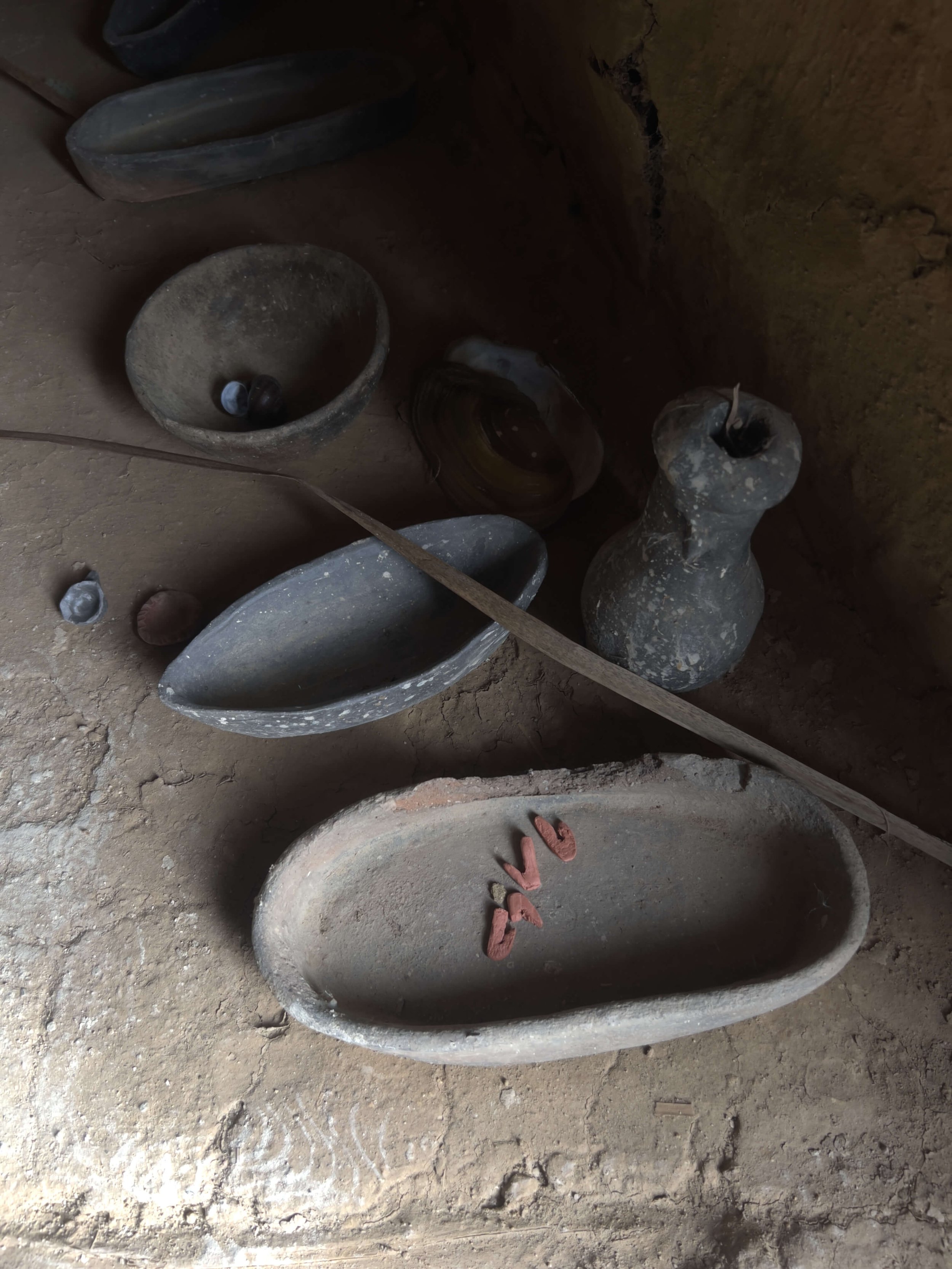



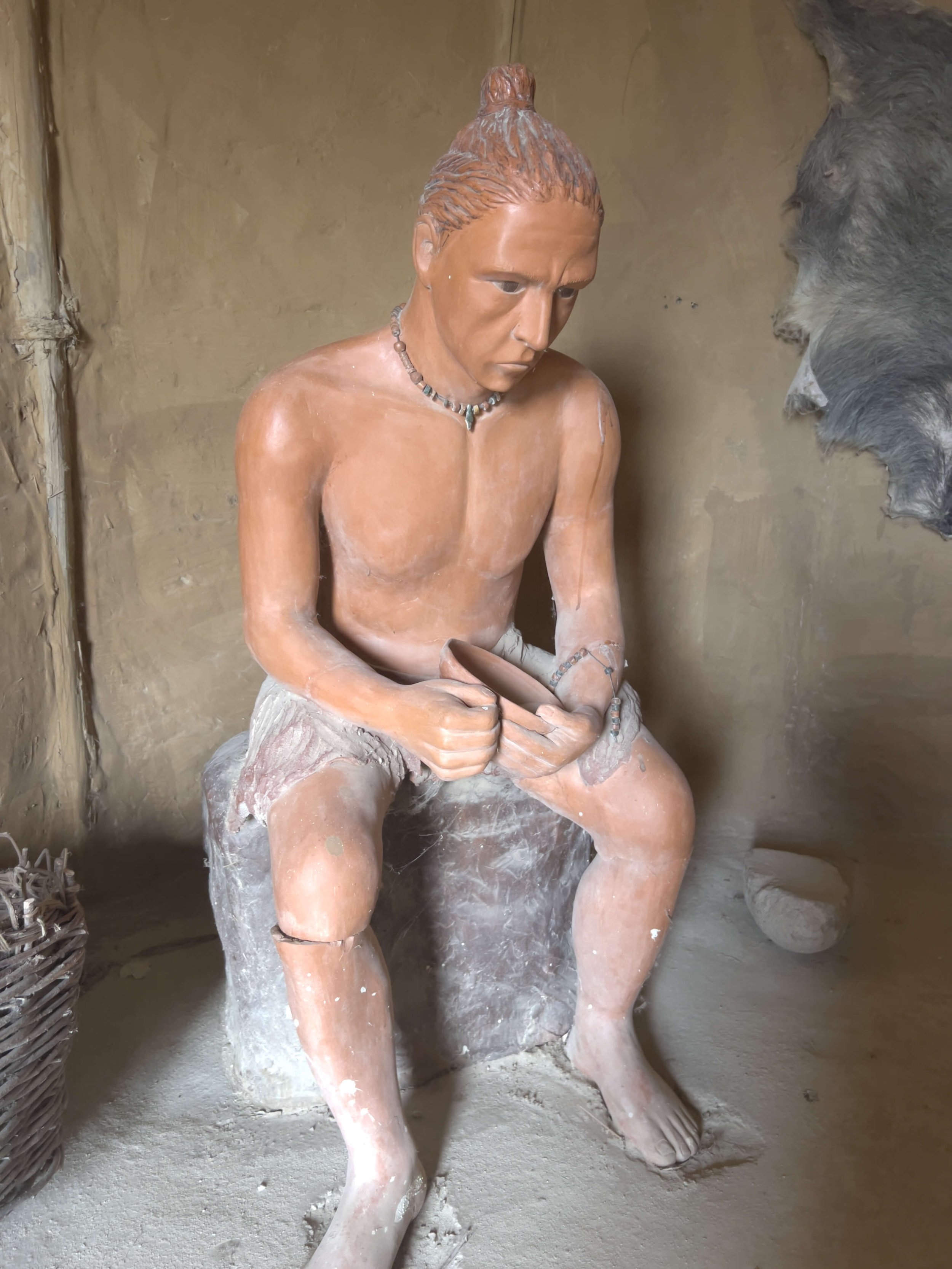

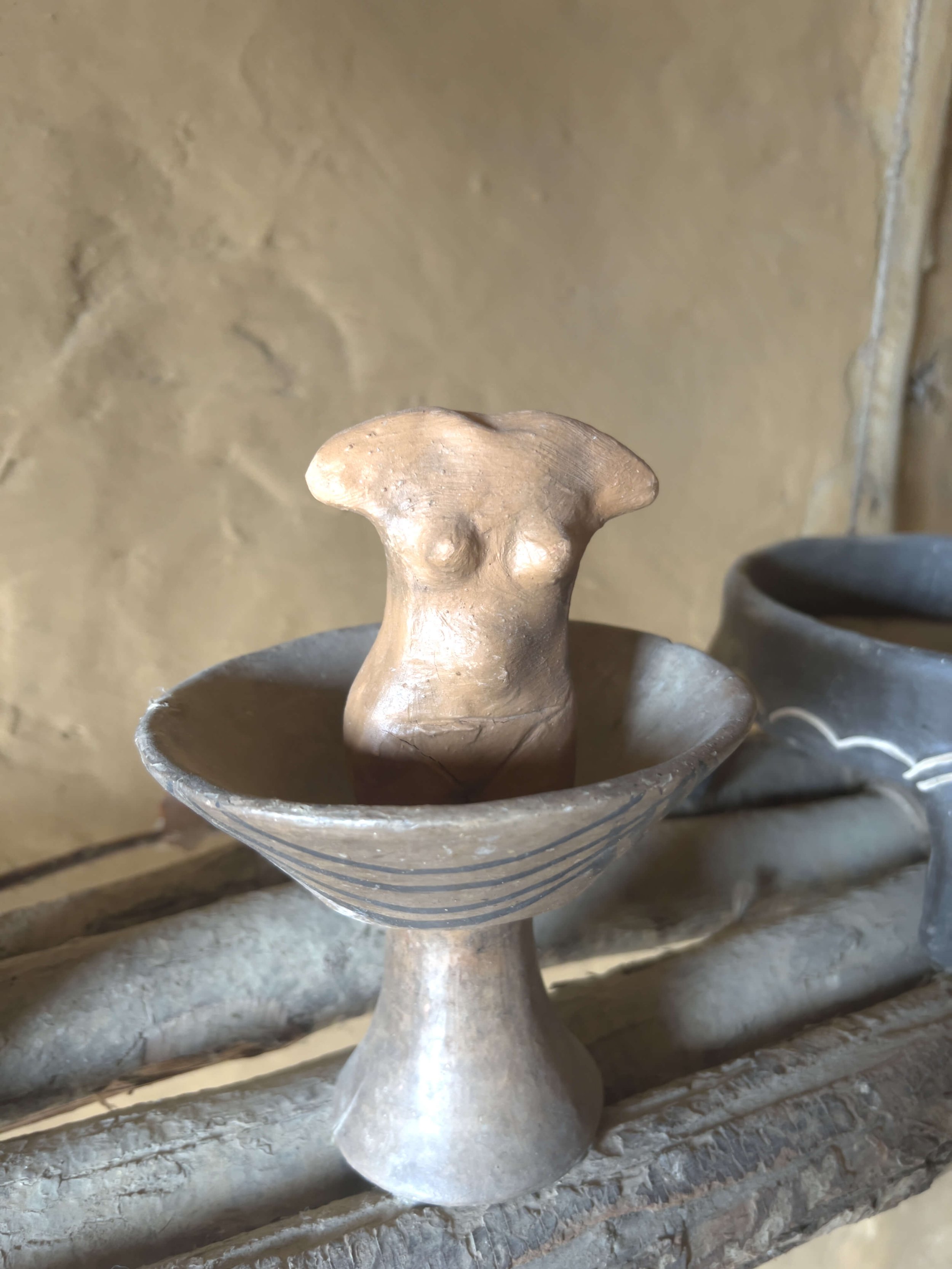


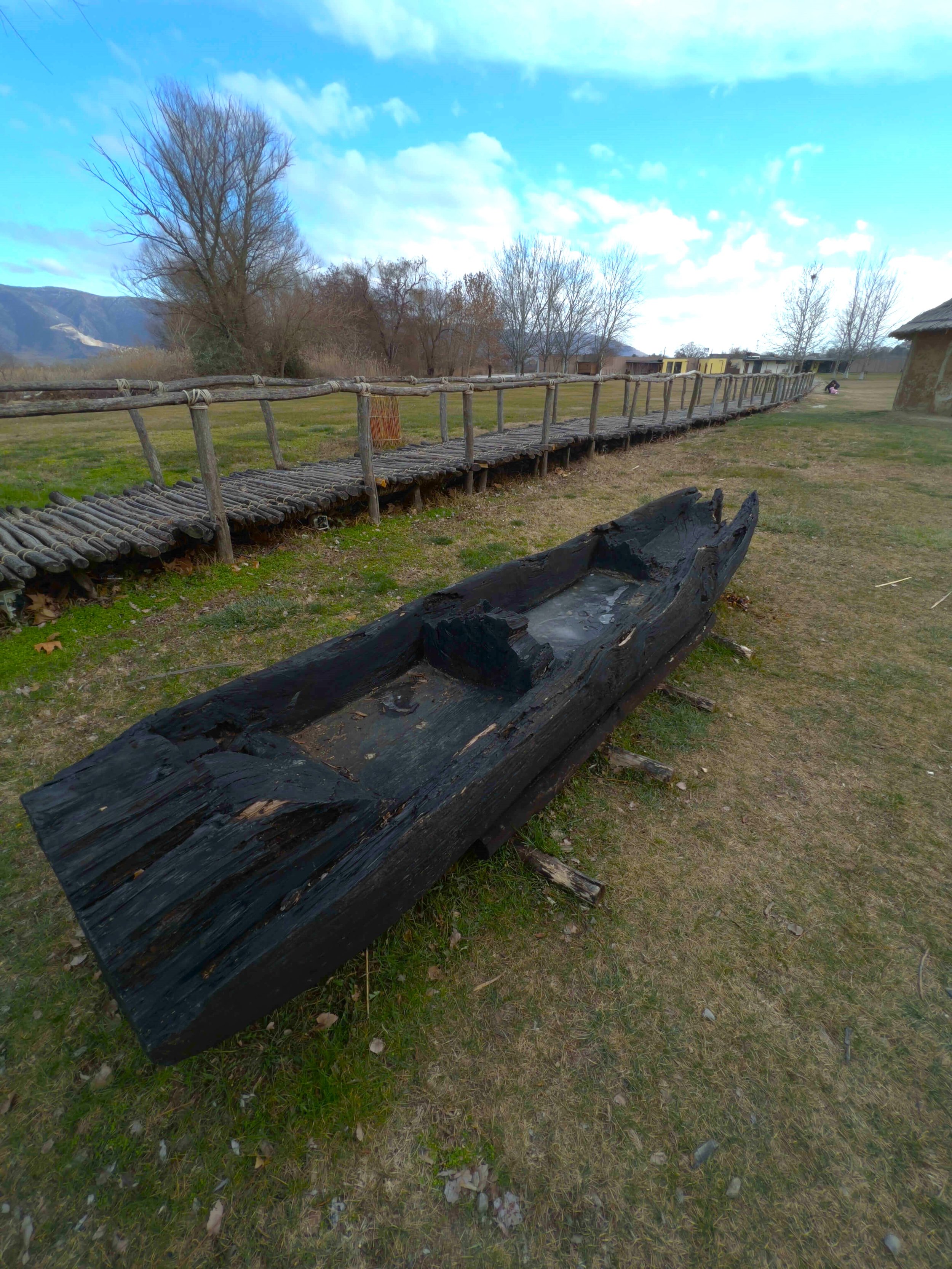
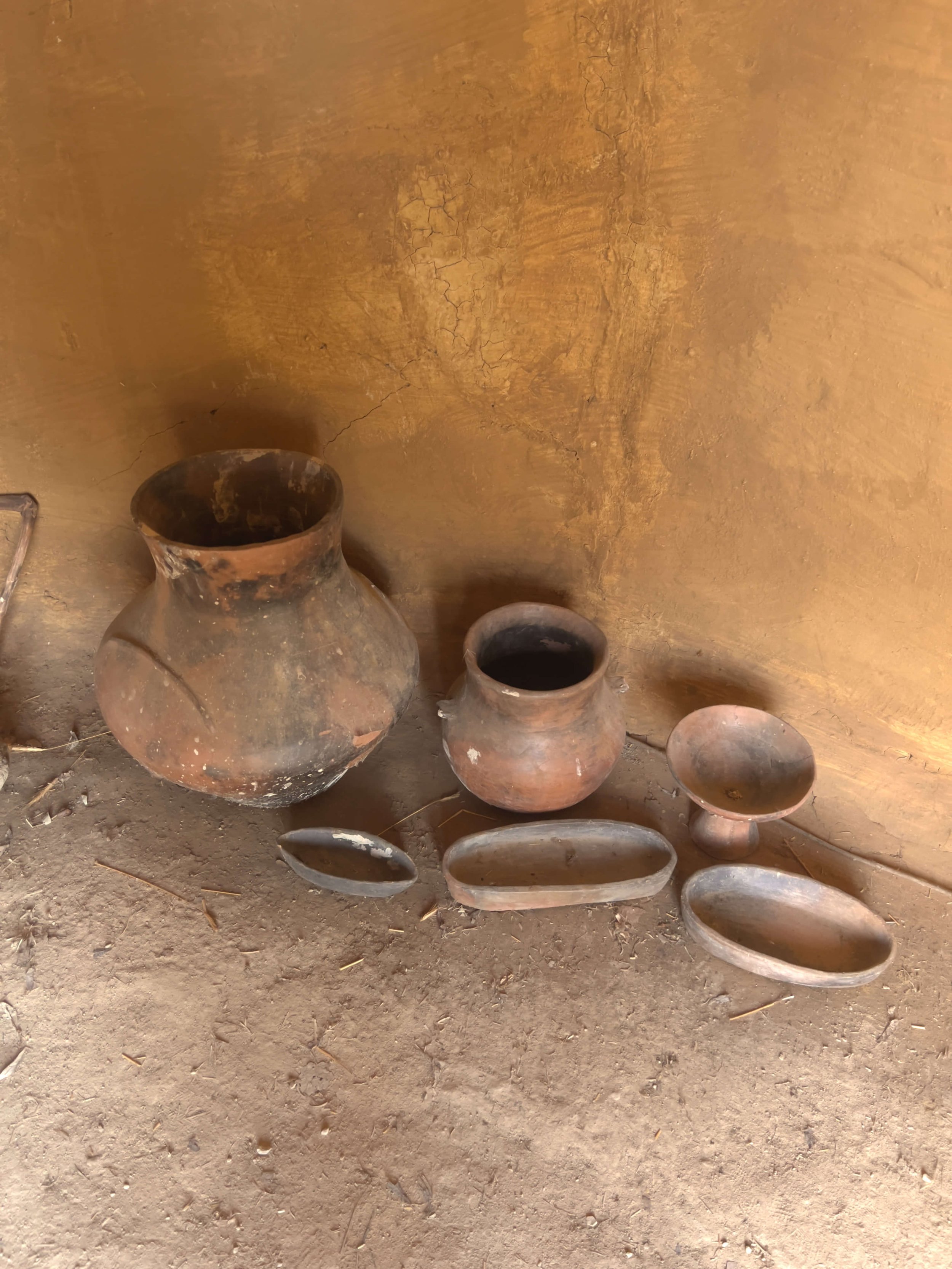



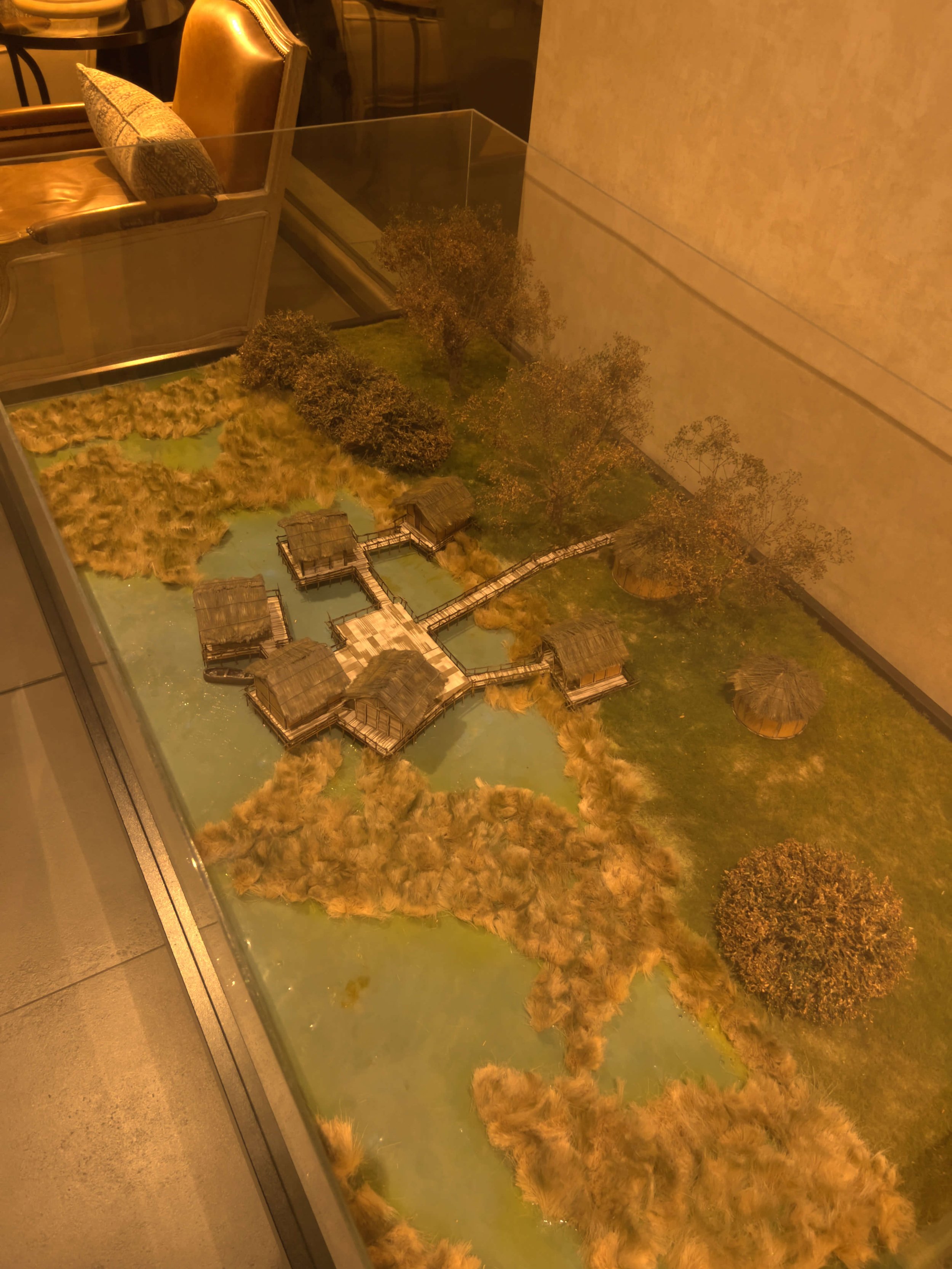
Dispilio's Legacy in Enlightening Future Generations
Dispilio is more than an archaeological site; it is a bridge connecting the past and the present. The open-air museum serves as an educational platform, bringing history to life for visitors of all ages. It plays a crucial role in preserving and disseminating knowledge about Neolithic culture, ensuring that the lessons of the past continue to inform and inspire future generations. As we walk through the reconstructed huts and handle the replicas of ancient tools, we are reminded of the enduring legacy of our ancestors, whose ingenuity and resilience laid the foundations of modern civilization.





